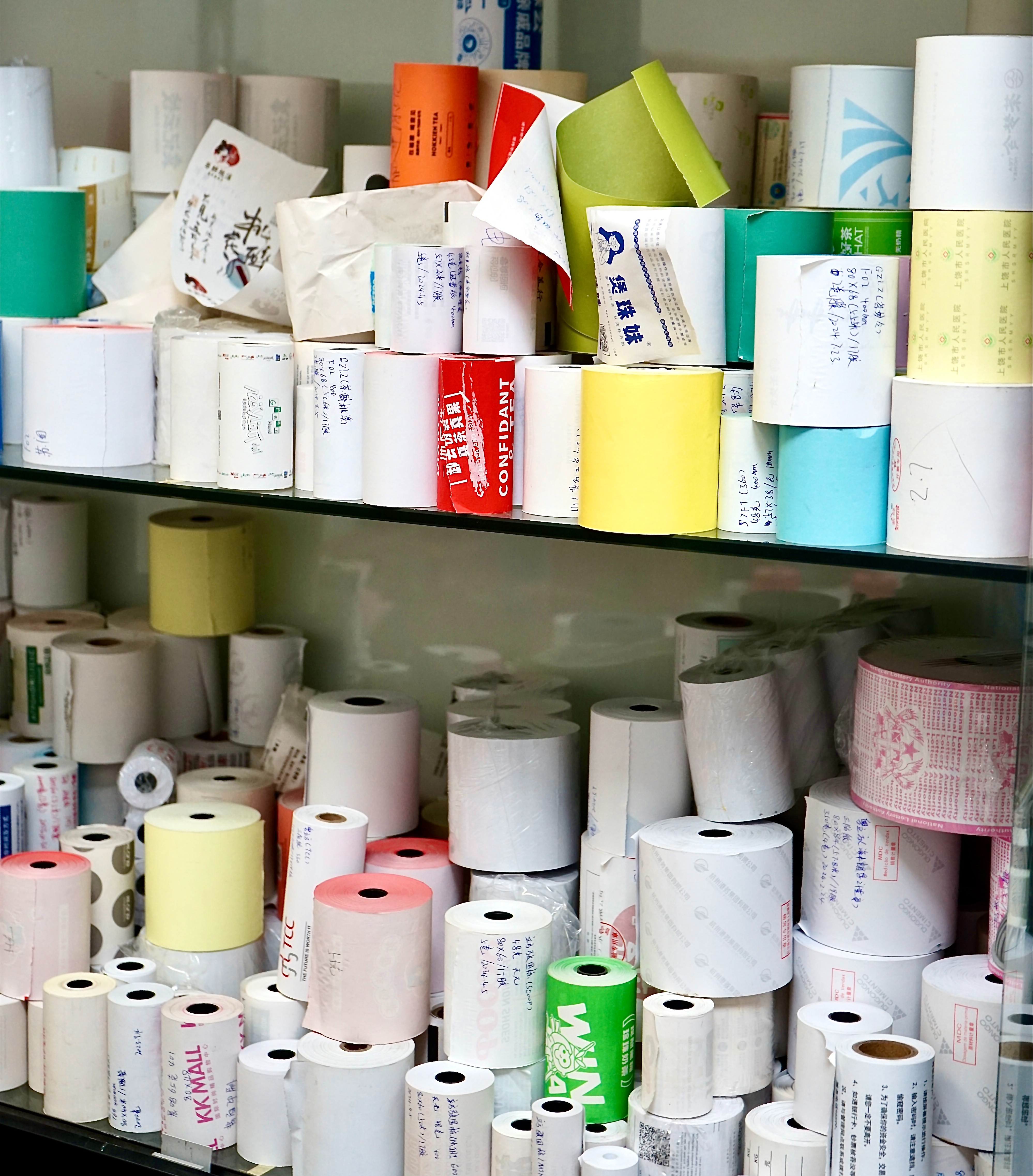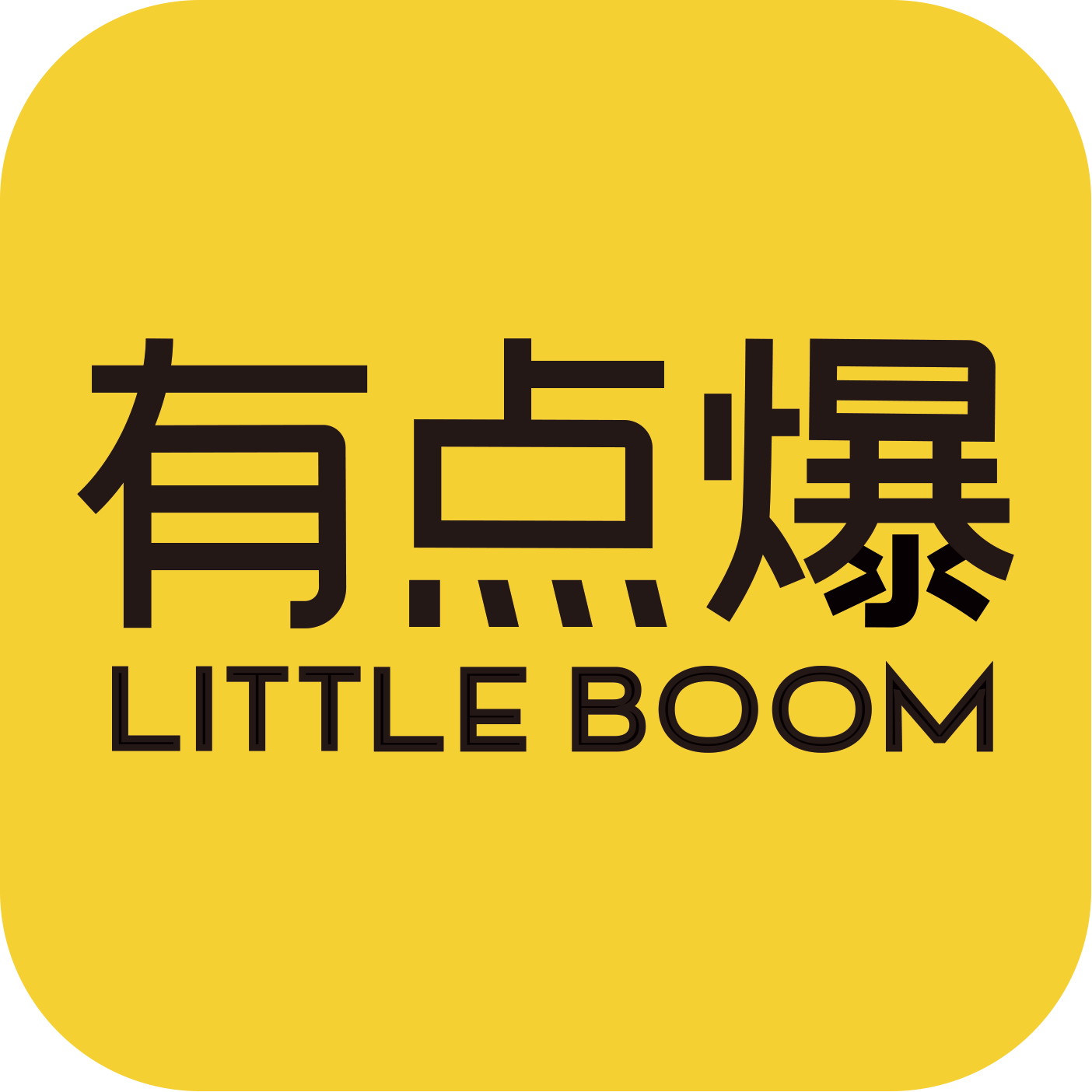Cup Label Material Guide: Choosing the Right Label for a Professional Drink Experience
In the beverage industry, cup labels play a crucial role as packaging materials, facilitating information transfer and enhancing brand image.
 Main Types of Cup Labels
Main Types of Cup Labels
1. Thermal Labels
Thermal labels are one of the more common types of cup labels and have the following characteristics:
- Easy to Tear: Thermal labels are very easy to tear, making them suitable for situations where labels need to be frequently changed.
- Water Resistance: Compared to synthetic thermal labels, their water resistance is slightly weaker, making them more suitable for short-term use, such as dine-in beverages.
2. Synthetic Thermal Labels
Synthetic thermal labels offer the following advantages:
- Tear Resistance: Synthetic thermal labels have a higher tear strength, which helps them remain intact during transportation and for delivery orders.
- Excellent Water Resistance: This material provides better water resistance, making it ideal for takeout and situations where information needs to be preserved for a longer time.
Uses of Cup Labels
The primary function of cup labels is to provide essential information about beverages. Each cup needs to display production dates, product names, beverage types (takeout or dine-in), and more. This not only aids customer recognition but also enhances brand image.
Common Sizes
Common cup label sizes in the market include 6050, 4970, 4570, among others. The 40*60mm size is the most prevalent due to its high cost-effectiveness and popularity.
How to Choose Cup Label Material?
Choosing the right cup label material involves considering the following factors:
- Usage Scenario: If your focus is primarily on dine-in, thermal labels may suffice; however, if takeout is your main service, synthetic thermal labels are the better choice.
- Store Requirements: Select the most suitable material based on customer needs and business characteristics.
Conclusion
Understanding the materials and uses of cup labels can help us better serve our customers. We hope this article provides practical guidance for your beverage packaging choices. Stay tuned for more packaging knowledge! See you next time!
最新动态
- Original Christmas Packaging Design: Adding Christmas Mood to Milk Tea and Coffee Shops with Packaging – Littleboom Packaging 2025-10-30 14:31:22
- Original packaging design: awakening the lemon aroma with vision - Littleboom packaging 2025-10-24 18:02:45
- Original packaging design for coffee brands: awakening the aroma of coffee with visual effects-Littleboom packaging 2025-06-18 15:08:44
- Blue and pink color matching original coffee packaging design-Littleboom Packaging 2025-06-13 10:53:17
- Children's Day themed coffee and milk tea packaging original design- Littleboom Packaging 2025-06-10 15:31:43
- Children's Day - Themed Milk Tea Packaging: Empowering Overseas Brand Marketing with Childlike Design - Littleboom packaging 2025-06-06 14:24:04
- How to use packaging to maximize the brand promotion effect❓- Littleboom packaging 2025-05-30 16:59:27
- Monster themed coffee full set packaging original design - Littleboom packaging 2025-05-30 14:09:32
- Customized Foam Paper Cups: Paper cups that combine artistry, comfort and practicality 2025-05-15 17:11:12
- Crafting Luxury: Elevating DON FUN HUI's Tea Packaging 2025-05-04 11:29:44










